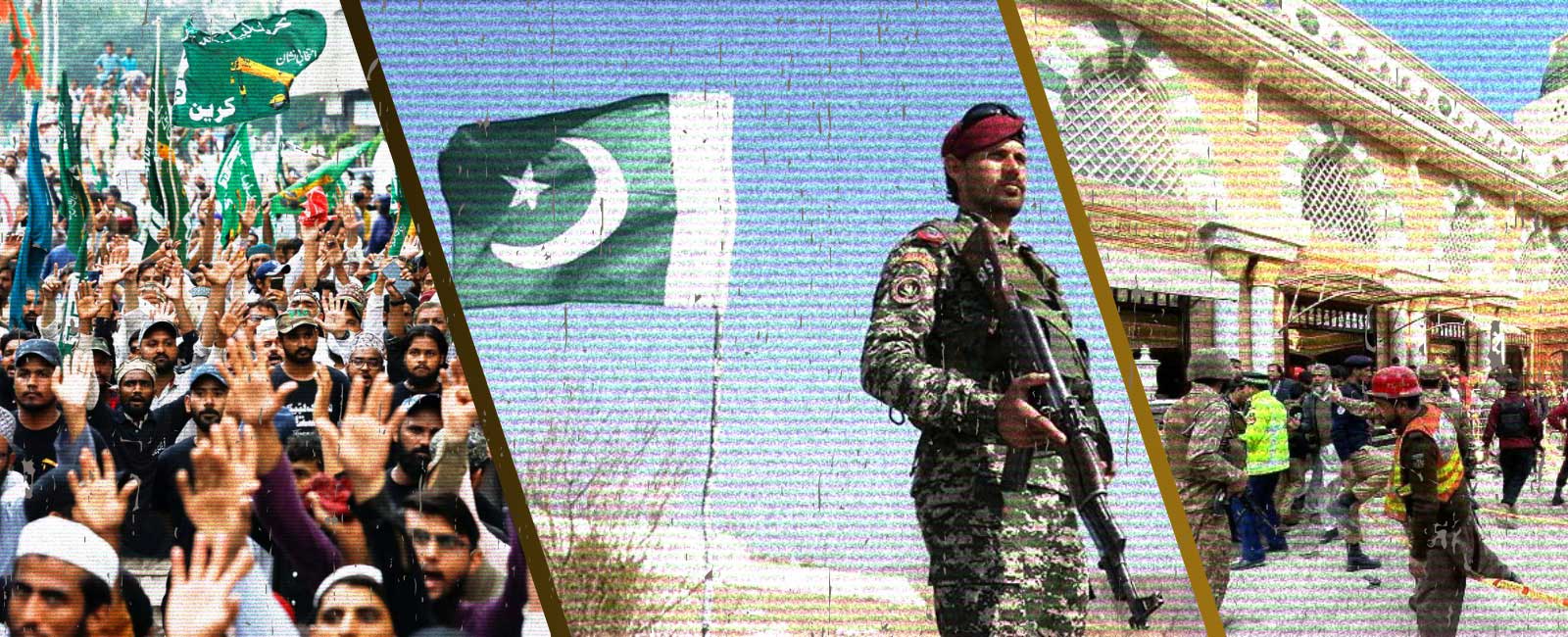Violent extremism: Why a counter-narrative is crucial for Pakistan
Question is not whether Pakistan can fight back, but whether it has the will to act before it’s too late

As the world marks the International Day for the Prevention of Violent Extremism as and When Conducive to Terrorism on February 12, resurging militancy and intolerance are rattling Pakistan, threatening to tear apart its diverse yet fragile social fabric.
The recent years have painted a grim picture of a country entangled in a complex web of religious extremism-driven militancy, sectarian tensions, ethno-separatist insurgencies, and surging blasphemy-related violence.
The faces of the extremism are varied, yet their impact is uniformly devastating.
For example, a young mother of two, linked to the Baloch Liberation Army (BLA), a banned ethno-separatist group, detonated a suicide bomb in Karachi, killing three Chinese nationals.
In another attack in Bajaur, Daesh Khorasan Province, which is the regional affiliate of the transnational militant group of the same name, dispatched a suicide bomber to target a political rally, leaving over 60 dead.
The heart-wrenching attack on a mosque in Peshawar, the seat of the Khyber Pakhtunkhwa’s provincial government, within the supposedly secure confines of the Police Lines, saw nearly 100 worshippers lose their lives to a suicide attacker from Tehreek-e-Taliban Pakistan (TTP), a banned terrorist outfit.
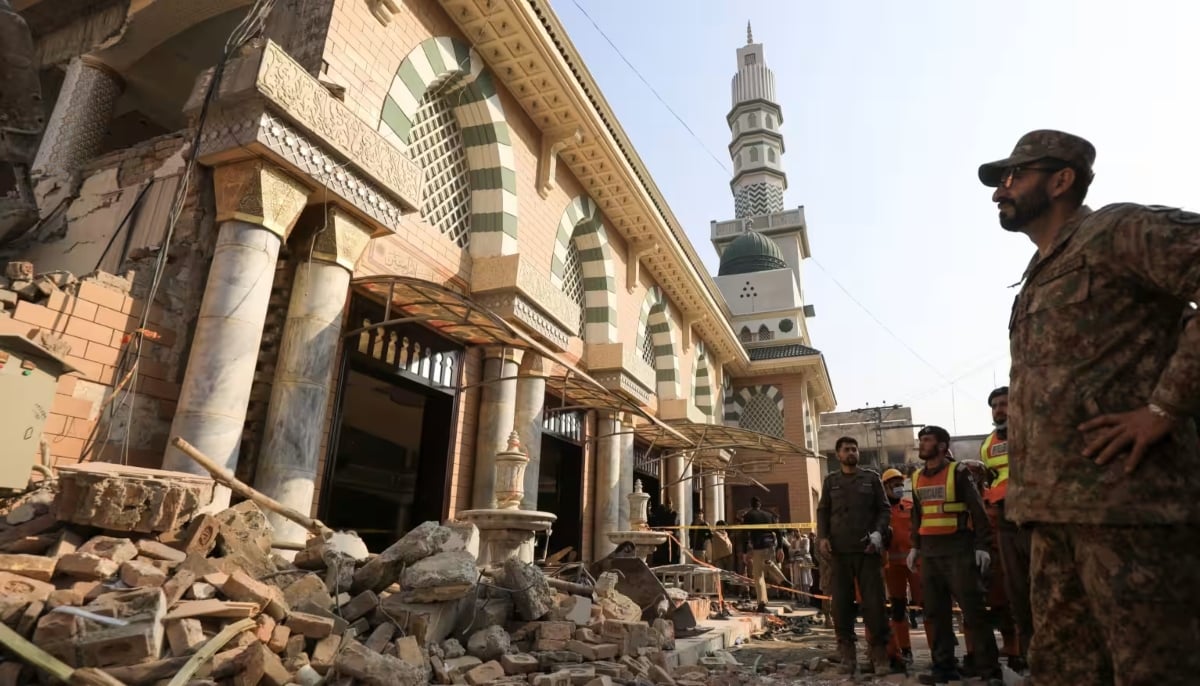
The brutal lynchings of two individuals accused of blasphemy while in police custody — one in Quetta, the other in Mirpurkhas —highlight a terrifying escalation in mob violence and extrajudicial killings perpetrated in the name of religion.
These incidents are not isolated; they are signs of a deeper problem. In Pakistan, the terms “violent extremism” and “terrorism” are often used interchangeably, highlighting the complex and widespread nature of the various types of conflicts.
The resurgence of extremist violence and the growing tide of intolerance not only pose a grave threat to national security but also undermine efforts to promote peace, stability, and social cohesion in an increasingly volatile environment.
Despite years of military operations and counterterrorism initiatives, the country remains entangled in a complex web of religious zealotry-driven militancy, sectarian tensions, separatist insurgencies, and rising blasphemy-related violence, posing a grave challenge to mostly fragile peace and stability.
Militancy: A complex landscape
As the world’s fifth most populous country, home to 240 million people, the security landscape of Pakistan is shaped by a combination of internal, regional, and global factors.
Domestically, intolerance, militancy, and sectarianism have fueled violence, while externally, geopolitical rivalries and Pakistan’s historical engagements with global powers have further complicated its security dynamics.
Since the Soviet invasion of Afghanistan in 1979 and the post-9/11 US-led war on terror, Pakistan has remained a frontline state in international conflicts, facing the crushing consequences of violent extremism head-on.
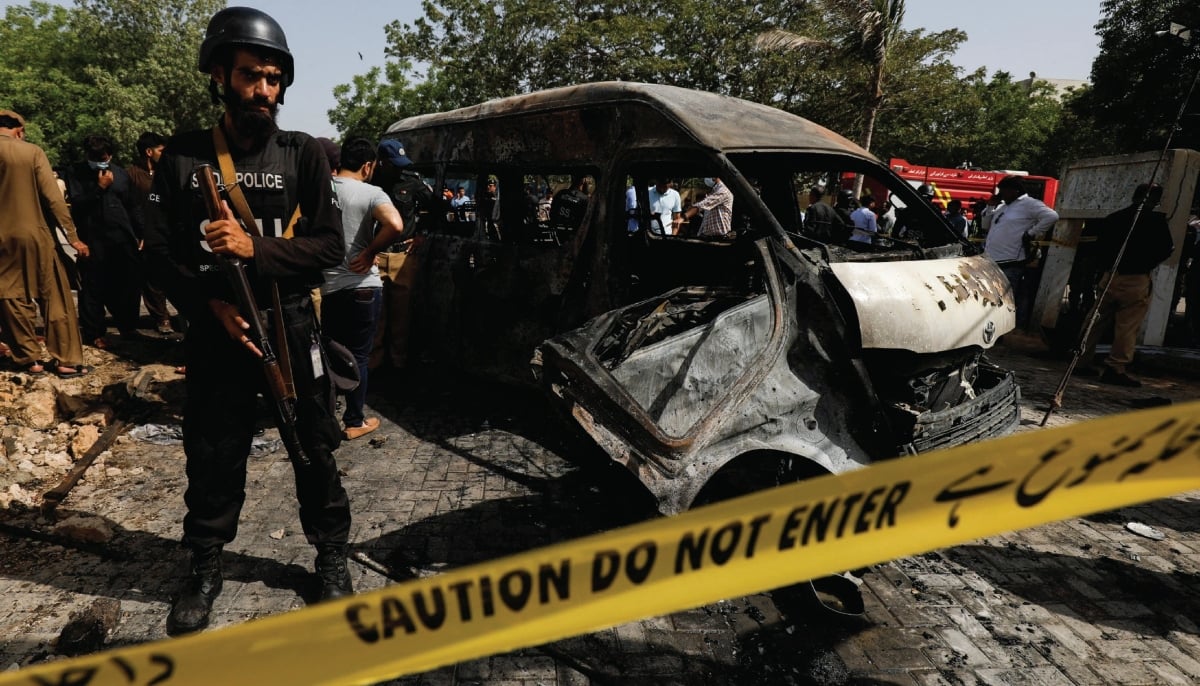
Recent reports by security think tanks highlight a disturbing surge in both the frequency and intensity of terrorist attacks in 2024, warning that the security situation could regress to pre-2014 levels if current trends persist.
A recent report by the Pak Institute for Peace Studies (PIPS), an Islamabad-based think tank, said that Pakistan experienced a total of 521 terrorist attacks in 2024, marking a 70% increase from the previous year. This intensified wave of terrorism claimed 852 lives, reflecting a 23% jump compared to the terror-related fatalities recorded the year before.
“Pakistan’s militancy landscape is complex, fluid, and constantly evolving,” said Muhammad Feyyaz, a Lahore-based academic researching the extremism trends.
“Counterterrorism itself is not as complex as the broader landscape of terrorism and militancy in Pakistan,” he told Geo.tv.
Religiously-inspired militancy
Religiously inspired militancy in Pakistan has its roots in similar global movements. The rise of groups such as the TTP, the Hafiz Gul Bahadur group, and Lashkar-e-Islam can be traced back to Pakistan’s pivotal role in the US-led war on terror following the 2001 invasion of Afghanistan. As al Qaeda and Taliban militants holed up in Pakistan’s former tribal areas, the country became a battleground for violent extremism.
Although outfits like the TTP and other Pakistani Taliban groups were significantly weakened by US drone strikes, counterterrorism operations — particularly the 2014 Operation Zarb-e-Azb — and internal divisions, the Taliban’s return to power in Afghanistan in August 2021 breathed new life into these organisations. It also strengthened the Daesh in Afghanistan, which has emerged as a major threat.
Pakistan was struck by 521 terrorist attacks in 2024, 335 of which were carried out by religiously inspired militant groups — a sharp increase from 208 in 2023, PIPS statistics show.
Feyyaz noted that Taliban militants were not only militarily active but also politically organised and gaining broader appeal.
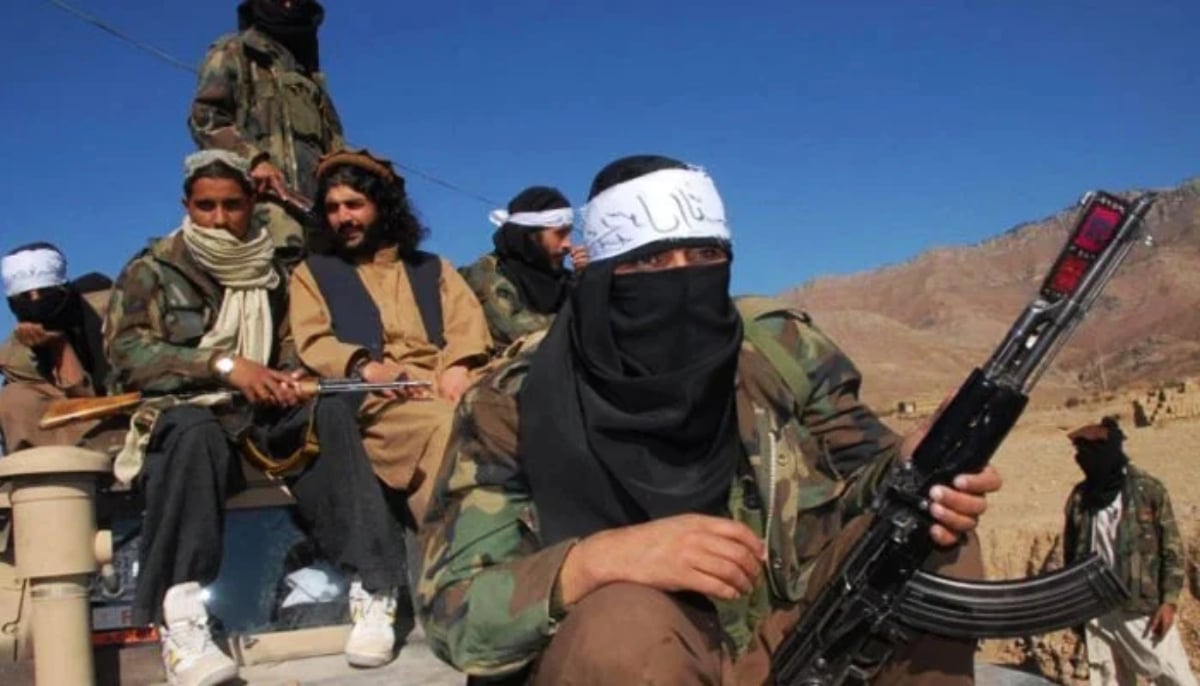
He pointed out that the failure to properly integrate Pakistan’s former tribal areas into the national mainstream has left local populations disillusioned, allowing the TTP to regain its support base.
He further highlighted the lack of understanding among Pakistan’s counterterrorism officials regarding Daesh in the region. “We are failing to comprehend their ideology. They are nihilists, seeking to dismantle the existing system and establish a new order,” he explained.
Beyond militancy, sectarianism remains deeply entrenched in Pakistan’s religious and ideological landscape, shaped by both internal policies and external influences, particularly Middle Eastern rivalries.
While overall sectarian violence has declined in recent years due to security operations, the resurgence of clashes in Khyber Pakhtunkhwa’s Kurram district in 2024 —mainly linked to land disputes — underlines its ongoing presence.
Ethno-separatist militancy
Pakistan also faces a resurgent ethno-separatist militancy, particularly in Balochistan. In 2024, ethno-separatist groups, mostly from Balochistan, were responsible for 175 attacks, a notable increase from 86 in 2023. These attacks claimed 268 lives and left 432 individuals wounded, PIPS statistics show.
In recent years, these groups have intensified their attacks, including suicide bombings, marking a dangerous shift in their operational tactics, experts said.
“This escalation can be attributed to several converging factors,” explained Imtiaz Baloch, an analyst with The Khorasan Diary, an Islamabad-based research platform.
“These include operational alliances among previously disparate separatist factions, allowing them to pool resources and enhance their capabilities,” Baloch told Geo.tv.
A Quetta-based senior security official said that there had been a targeted recruitment drive focusing on youth, particularly students, injecting new energy and manpower into the movement.
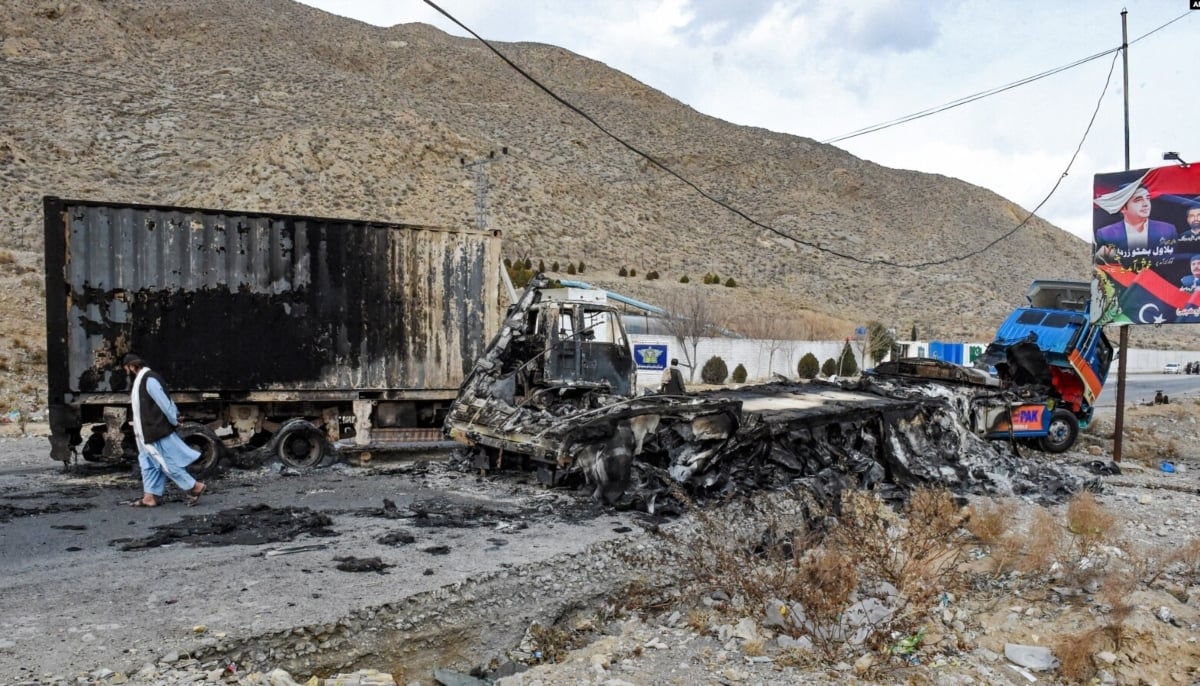
“A critical shift in leadership, from traditionally exiled tribal chieftains to more radicalised former student leaders, has brought a new level of intensity and ideological fervour to the struggle,” the security official added.
Confirming the official’s views, Feyyaz said that Baloch ethno-separatist groups were now in a clear offensive mode.
“They are increasingly politically organised and enjoy wider public support, including significant backing from their diaspora communities,” the academic said.
Feyyaz highlighted a recent incident in the Zehri area of Khuzdar, where BLA militants held control for several hours, as a prime example. He suggested that this brazen act served as a test, “assessing their holding capacity and potential while simultaneously analysing the state’s response.”
Blasphemy-related violence
A menacing spike of blasphemy-related violence, often manifesting as mob lynchings and vigilante attacks, has imperilled the country’s already precarious social climate. The upsurge of Tehreek-e-Labbaik Pakistan (TLP) is often blamed for driving this version of extremism.
The TLP’s advent, particularly after its drive for the release of Mumtaz Qadri — the police guard who assassinated Punjab Governor Salman Taseer — has brought the issue into sharper focus.
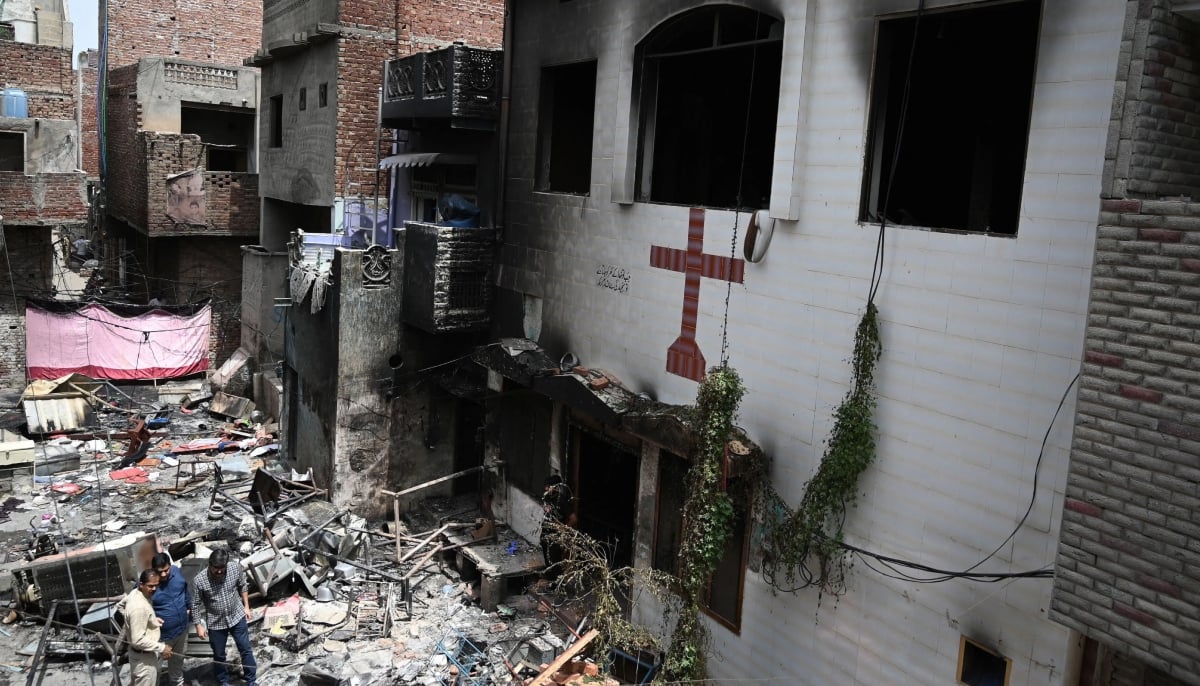
Analysts say blasphemy accusations have become a potent tool for vigilantism and persecution due to the state’s failure to enforce the rule of law, allowing radical elements to act with impunity.
“The TLP's influence has fundamentally altered religious political discourse, hardening stances, especially concerning blasphemy,” said Feyyaz.
State besieged by challenges
Preventing Violent Extremism (PVE) and Countering Violent Extremism (CVE) are two key concepts in global counterterrorism policy aimed at reducing the threat of terrorism.
At their core, these strategies involve effectively challenging and countering the radical narratives that militant and extremist groups propagate to incite intolerance, extremism, and violence.
However, in Pakistan, the state has struggled to implement these approaches effectively. Despite efforts by the government, through the National Counter-Terrorism Authority (NACTA), and the military — including deradicalisation and rehabilitation programmes, the introduction of a national counter-narrative, madrasah reforms, and policy initiatives — significant legal measures have been introduced. However, these efforts have largely failed to yield meaningful results.
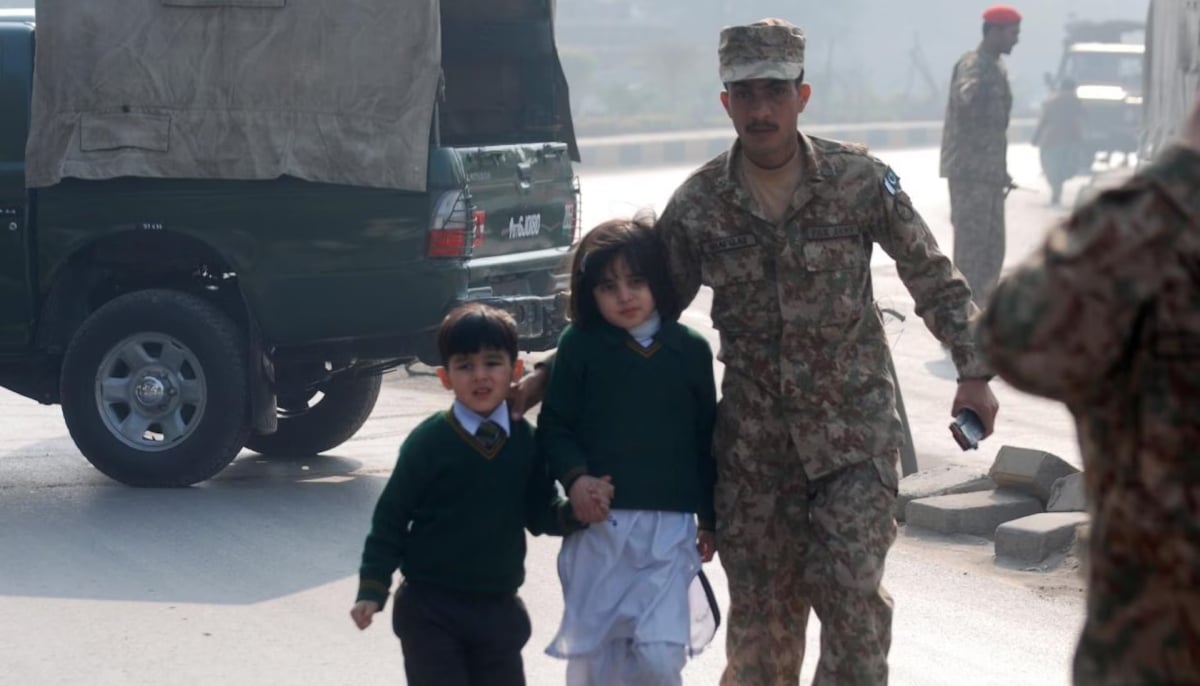
The National Action Plan (NAP), introduced after the 2014 attack on the Army Public School in Peshawar, which killed 140 people, mostly children, offered a comprehensive framework. NAP's 20-point agenda addressed governance and madrasah reforms, law enforcement, curbing extremist propaganda, and the militant and sectarian challenge.
However, a decade later, terrorism and extremism are not only thriving but have also evolved, becoming more sophisticated, according to experts. This suggests a fundamental disconnect between policy and implementation and a failure to address the underlying drivers of extremism.
The growing influence of social media has added another layer of complexity to the fight against extremism, as online platforms are increasingly used to spread hate and recruit members.
“The proliferation of digital radicalisation is a major concern,” said a Lahore-based counterterrorism official. “We need robust digital literacy programmes to counter extremist propaganda and prevent young people from being drawn into radicalisation.”
While the government has recently introduced measures to regulate digital content, rights organisations and critics argue that these efforts are primarily focused on silencing political dissent rather than curbing militant propaganda.
What's the way forward?
Experts attribute the lack of progress in countering extremism to several critical factors. One of the primary challenges is the state’s incomplete understanding of the root causes of conflict, particularly in regions like Khyber Pakhtunkhwa and Balochistan, where long-standing grievances and marginalisation often fuel radicalisation.
“The narratives of militant groups, whether religiously inspired or ethno-separatists are constantly evolving and adapting,” said Feyyaz. "On the state’s side, however, there is a vacuum that calls for a credible alternative narrative."
So, addressing the ideological foundations of extremism is crucial to reversing the tide of militancy.
“This requires a strategic investment in counter-narratives to extremist ideologies, incorporating these narratives into educational and religious institutions, and leveraging platforms like Paigham-e-Pakistan to promote interfaith and intersect harmony and tolerance,” said Muhammad Israr Madani, an Islamabad-based researcher working on CVE.
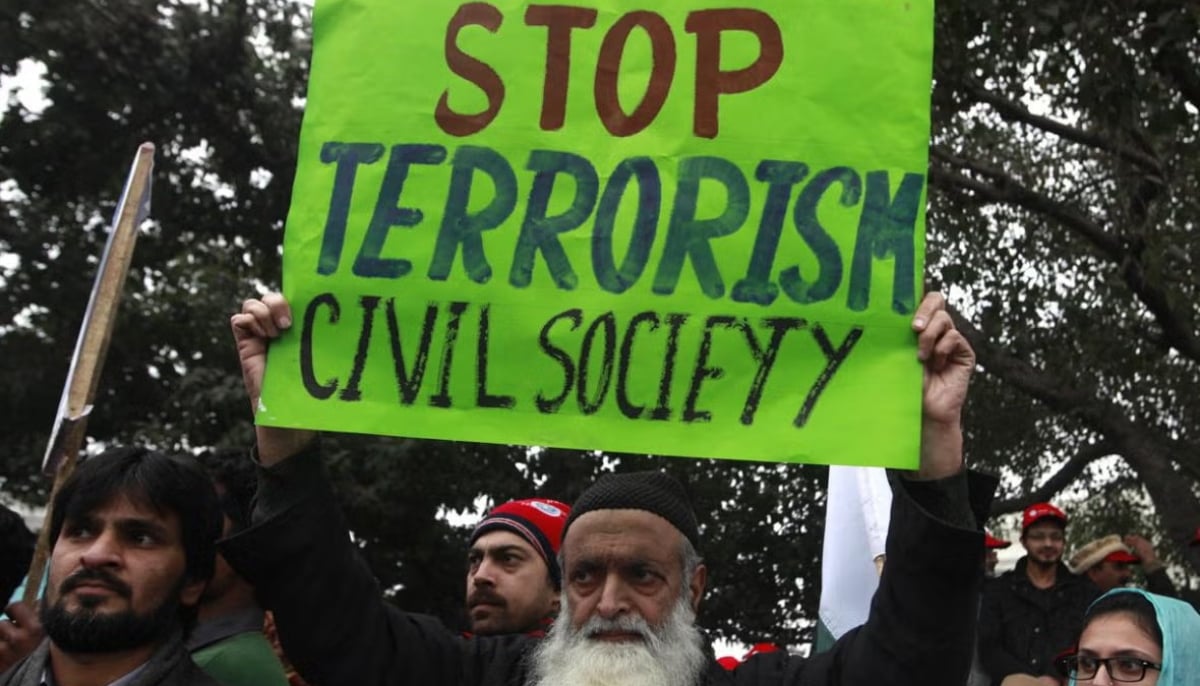
Another major flaw in Pakistan’s counterterrorism strategy is its short-term, reactionary approach to terrorism.
“The state views terrorism as a series of isolated incidents rather than a structural issue. This is a fundamental mistake,” Feyyaz said. “I even disagree with the term ‘terrorism’ — it is, in reality, a socio-political phenomenon, and its response should also be socio-political, not merely force-driven.”
There are no two ways about it that without resolute multi-layered actions, with coming up with a strong counter-narrative being the most important one on top of upholding the rule of law, this chaos will only worsen. The state's writ seems to be running thinner and thinner, its authority eroded by political expediency and inaction, while its amorphous extremist enemies, who feed on the ideological vulnerabilities of its people, grow stronger and bolder. Now, the question is not whether we can fight back, but whether we have the will to act before it’s too late. And it also goes without saying that where there’s a will there’s definitely a way.
Zia Ur Rehman is a journalist and researcher with extensive experience covering security, political developments, and social movements. He posts on X @zalmayzia
Header and thumbnail image by Geo.tv



